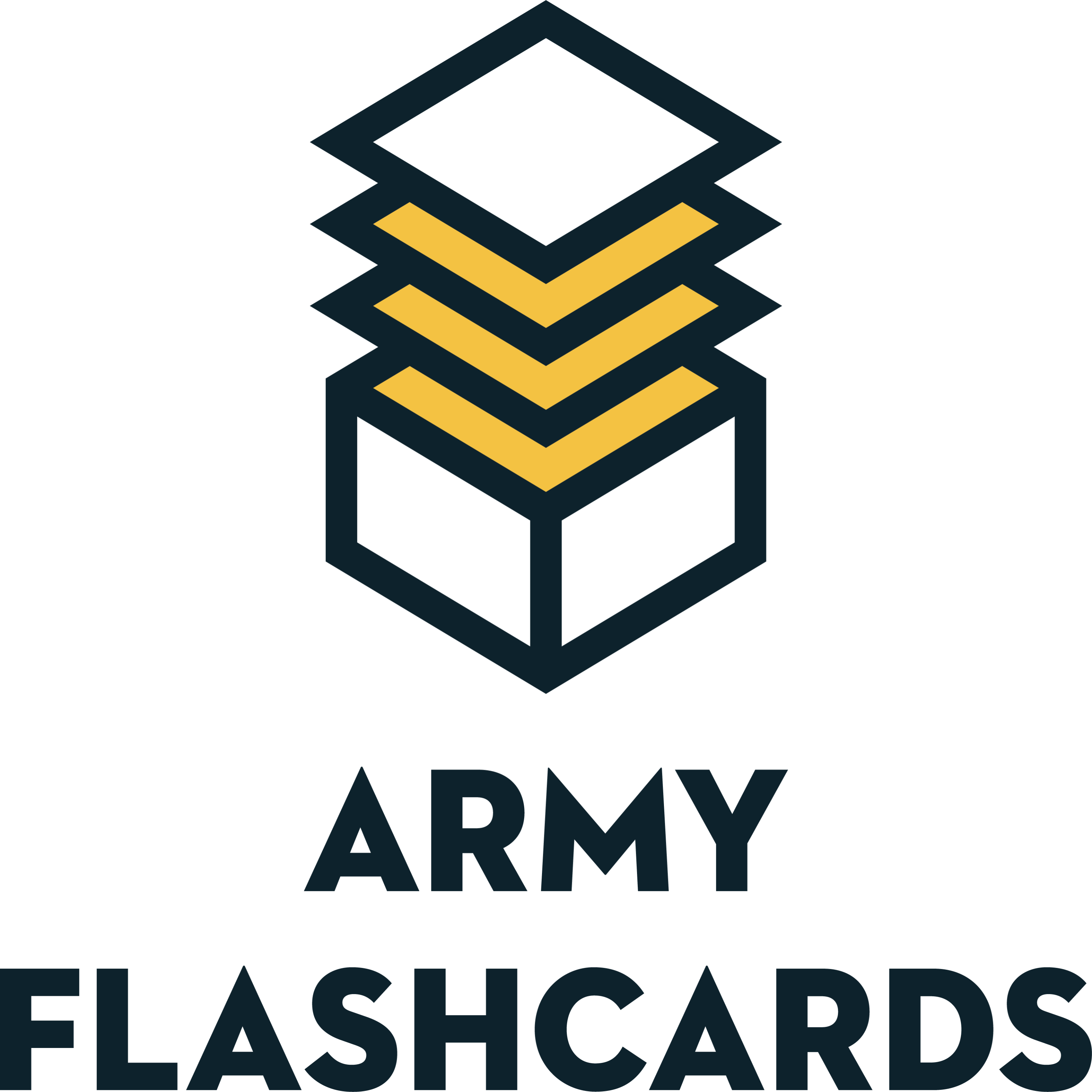When we conduct METT-TC, one of the most important components of our analysis is Terrain Analysis. We use the acronym OAKOC for terrain analysis.
Obstacles
Avenues of Approach
Key Terrain
Observation and Fields of Fire
Cover and Concealment
We often hand wave terrain analysis, coming up with poor conclusions such as "the hilly terrain will slow us down," or "we will have to cross several creeks which will slow us down and get our feet wet." That is not a good analysis.
The first step of this process is creating a graphic to help us with our analysis. This is called various things, such as a Modified Combined Obstacle Overlay (MCOO) or Graphical Depiction of Terrain (GDOT).
We start with obstacles for good reason. When we analyze obstacles, we identify the most significant existing obstacle near the objective, determine what natural effect it has, then discusses how it will impact the mission.
With a good GDOT, you should be able to see exactly where mobility corridors are. Pick the most relevant ones to your mission, name them as an Avenue of Approach, and discuss its impact on the mission.
Key Terrain will dominate both the obstacles and avenues of approach you discuss above.
Next analyze observation and fields of fire as well as cover and concealment from the objective, key terrain, and the significant obstacles you identified earlier.
Enjoy!
